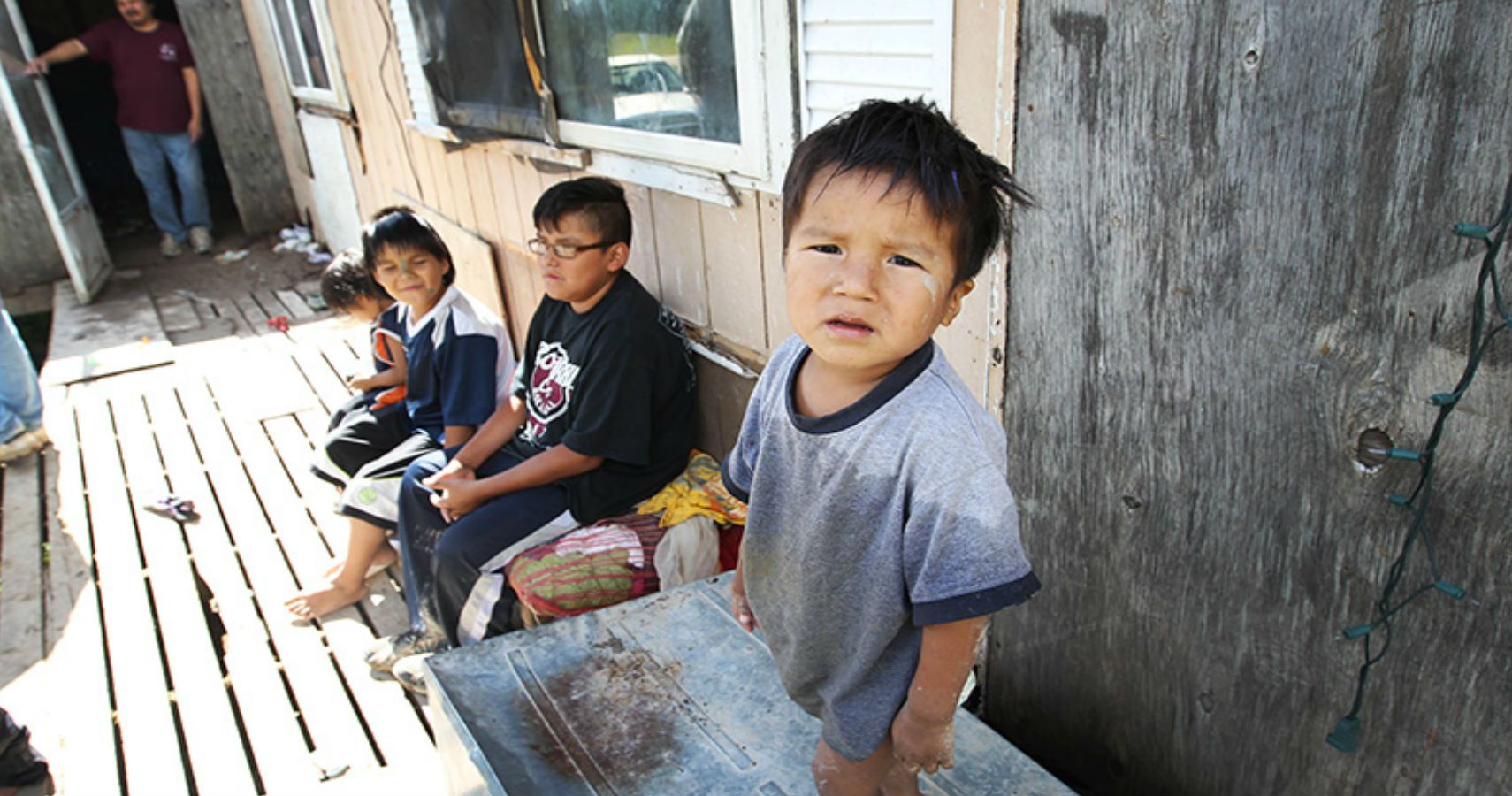A startling new study has found that approximately half of Indigenous children in Canada live below the poverty, which is much higher than the national average.
The topic was heavily discussed at the annual meeting between Canadian premieres, which took place on July 9th in Saskatchewan. At the gathering, the Assembly of First Nations (AFN) provided numbers that showed the rates of poverty amongst Indigenous children have largely remained the same over the last decade.
Forty-seven percent of Indigenous kids live below the poverty line. This number is two and a half times higher than what the national rate is. Even more, the number rises to fifty-three percent when only considering Indigenous youth living on reservations.
AFN used the saddening statistics to demonstrate the importance of the federal and local governments contributing more attention and funds to First Nations community. "Our children face the worst social and economic conditions in the country. They deserve an opportunity to succeed,” AFN National Chief Perry Bellegarde told the premieres.
The Assembly went on to emphasize the impact these statistics will have on future Indigenous populations if they are not addressed now.
Daniel Wilson, one of the authors of the report and a special adviser to AFN, explained, "What we're looking at is 10 to 15 years from now, people entering the workforce with all of the disadvantages that poverty brings -- in terms of health, in terms of mental clarity and acuity, in terms of opportunity, especially.”
Advocates for AFN also pointed out that the study also demonstrated more Indigenous youth are moving to cities, which may explain why many of the homeless populations in major urban areas are of Aboriginal background.
Nevertheless, there was some progress to be highlighted. The same report found that poverty levels among Indigenous communities have decreased in some major Canadian cities, including Saskatoon, Winnipeg, and Edmonton. Still, however, they remain higher than the national average.
A similar study was conducted by Wilson in 2016, which claimed that as many as sixty percent of Indigenous children on reserves were living in poverty. The study concluded by outlining a series of necessary actions. These included improving direct income support for Aboriginal folks from the government, improving employment opportunities, and developing more long-term solutions to combat poverty.
“For Canada’s youngest and fastest-growing population, it is critical that we come to terms with the ongoing crisis affecting Indigenous people and act immediately to help resolve it,” Wilson said at the time. “The growth of Indigenous child poverty cannot be allowed to deprive another generation of opportunity.”

